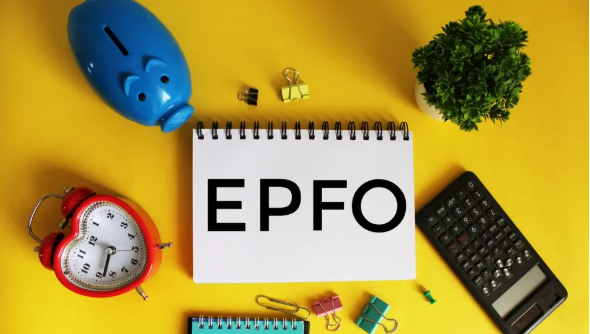“Labour Ministry Considers Changes in EPF Contribution Rules and Pension Scheme for High-Income EPFO Members”
EPS reform: The suggested modifications seek to provide employees with more flexibility in distributing their contributions between the pension scheme and the provident fund.
Labour Ministry Considers New Pension Scheme for High-Income Workers
NEW DELHI : The Labour Ministry is exploring the possibility of introducing a pension scheme specifically designed for high-income earners, as the BJP-led NDA government intensifies its efforts to establish a pensioned society. A senior official from the Labour Ministry, involved in the planning process, shared with ET that the proposed scheme might be launched under the Employees Provident Fund Organisation (EPFO). This would allow the scheme to benefit from an exempt-exempt-exempt (EEE) tax treatment, similar to the current EPF system, making it more attractive compared to the National Pension System (NPS), which does not offer such tax advantages.
Under the Employees Provident Fund and Miscellaneous Provisions Act, employers are required to contribute 12% of an employee’s basic salary to the provident fund, of which 8.33% is allocated to the Employee Pension Scheme (EPS). For employees earning up to Rs 15,000, this contribution is mandatory, and no employee contribution is required. However, the proposed pension scheme would be available to higher-income EPFO members on a voluntary, contributory basis.
“We are considering introducing a new pension scheme for high-income individuals who do not currently invest in any pension fund, leaving them without retirement benefits after the age of 60,” said the official, speaking on the condition of anonymity.
The government’s decision to move forward with this idea remains uncertain, especially with the finance ministry’s emphasis on promoting the NPS as a primary tool for pension provision. In the recent budget, Finance Minister Arun Jaitley proposed revisions to the tax treatment of EPF and other retirement savings schemes, with an aim to standardize the tax rules across all pension plans. Jaitley also suggested making up to 40% of the NPS corpus tax-free at the time of withdrawal, while proposing to tax withdrawals from EPF—an idea that was quickly retracted following significant backlash. As a result, the NPS remains less attractive compared to EPF, where withdrawals are not subject to tax.
The official, who requested anonymity, mentioned that the new pension scheme could offer significant advantages over the current system, especially by potentially allowing tax-free deposits and withdrawals. The Labour Ministry is also considering other reforms to the EPFO rules to provide subscribers with greater flexibility in their contributions and to facilitate the possibility of higher pensions for beneficiaries.
Currently, the entire contribution from the employee (12% of their basic salary) goes into the EPF. However, the employer’s contribution is split: 3.67% is directed to the EPF, and 8.33% goes to the EPS. Additionally, the Government of India contributes 1.16% to the employee’s pension. Contributions to the EPF are eligible for tax deductions up to Rs 1.5 lakh under Section 80C of the Income Tax Act. Furthermore, EPF withdrawals are not taxed at the stages of contribution, accumulation, or withdrawal.
However, since the 2020-21 financial year, any employee contribution exceeding Rs 7.5 lakh annually to the EPF has been made taxable, aimed at curbing the practice of high-net-worth individuals using the EPF to gain excessive tax-free returns.
However, TN Karumalaiyan, the General Secretary of the Centre for Indian Trade Unions (CITU), emphasized that the government should prioritize raising the wage ceiling of ₹15,000, as this would naturally lead to an increase in the contributions directed towards both the provident fund and the pension scheme, as reported by HT.
Additionally, the government is concentrating on generating employment opportunities in the country and has greenlit significant infrastructure projects valued at ₹4.19 lakh crore, according to a report from PTI.
PREVIOUS ARTICLE :
”CAT 2024 Answer Key Release Today: How to Raise Objections and Key Details”
Sikandar Ka Muqaddar: A Thrilling Heist Mystery That Delivers Suspense with Substance


